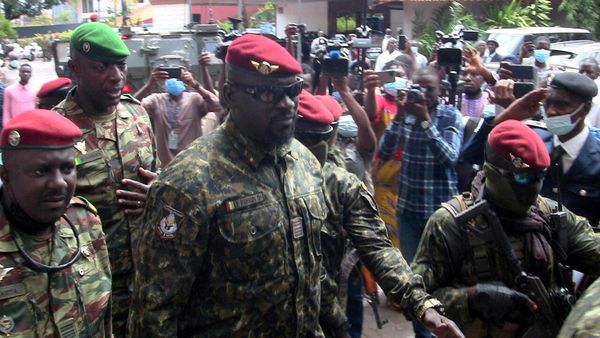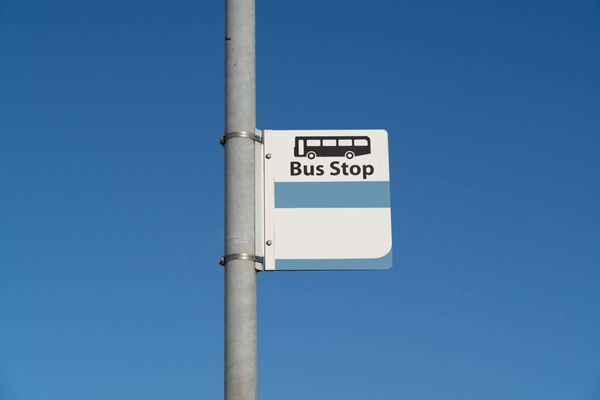
Remember “class war”? References to class war were incessant in the 2019 campaign, with Bill Shorten portrayed as a class warrior out to get “the top end of town” — a phrase he readily used himself.
“Class warfare is set to dominate this election,” News Corp stenographers wrote at the beginning of the 2019 campaign. John Howard memorably emerged to accuse Shorten of “class warfare”.
As always, whenever the phrase “class warfare” is being employed by the powerful, it’s a good indicator there is a class war going on — but it’s a defence of existing economic structures that favour the wealthy and the powerful and punish the low-paid and the young.
Labor under Anthony Albanese has ostentatiously dropped policies that could be portrayed as class warfare, and any rhetoric that could be interpreted along such lines. He has attended business forums during the campaign and made much of the Business Council of Australia’s support for his use of a safeguard mechanism to reduce carbon emissions.
But the class war continues. Having defeated Shorten’s sensible, moderate proposals to retilt the fiscal and economic playing field slightly less dramatically in the direction of powerful elites, those elites have moved on to the offensive. The goal? To inflict real wage cuts on the lowest-paid Australians.
The idea that the lowest-paid should suffer real wage cuts — after a decade in which their incomes have either stagnated or gone backwards compared with inflation — is the real deal when it comes to class war. It’s as near to class war as you’ll get without aristocrats being beheaded in Martin Place.
As Crikey wrote early yesterday, with others following in our wake, we now have a clear difference between the parties on a fundamental issue.
And what a bizarre issue. The idea that increasing the minimum wage from $20.33 to about $21.40 will entrench inflation and wreck the economy.
It’s understandable that Prime Minister Scott Morrison and the Coalition support real wage cuts. They exist to implement the agenda of business, which is almost universally hostile to wage rises. There’s an unusual honesty about Morrison’s attacks on Albanese over the issue.
It’s less clear why the media are backing this attack. But very likely it has a lot to do with the invisibility of many of the occupations of the lowest paid. These are people whose services keep the lives of the comfortable middle class going, but out of direct sight. They care for our kids, they clean our homes and offices, they look after our parents, they provide basic retail services.
They’re not people that the middle class, even progressives, interact with other than economically and transactionally. They’re not People Like Us. They’re strongly female, strongly migrant, often with poor English, often working more than one job. Out of sight and certainly out of mind.
Without them, the modern service economy on which Australians rely falls apart. But they’re low paid and very often exploited.
Some economists get it. Warren Hogan, who Crikey has had occasion to criticise for his views on monetary policy, wrote an excellent piece today explaining why a 5.1% pay rise for the low paid was important. His observation that worker scarcity was not going away was particularly relevant. But so too was his warning about the creation of a US-style class of working poor, “people who work but struggle to pay the rent and feed their families… Australia is now heading in that direction with big cuts to the living standards of low-income earners driven by surging costs of living.”
This is a serious moment not just politically or economically but, as Hogan rightly notes, about what kind of Australia we have. One that wants to ensure low-income earners don’t fall behind, and values the contribution they make, regardless of whether well-off journalists and politicians see them, or one in which they remain the victims of elites pursuing their own interests at the expense of everyone else.







